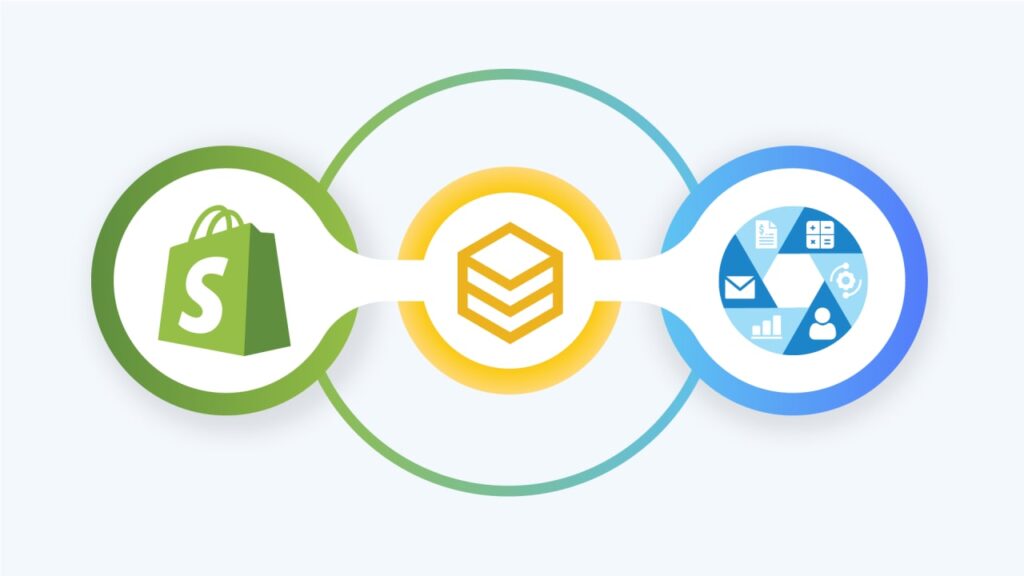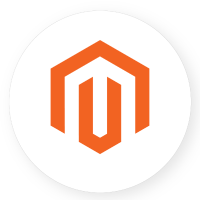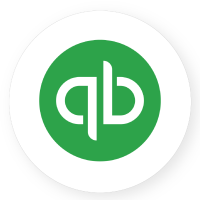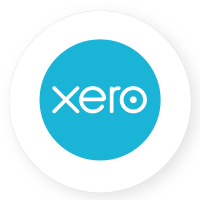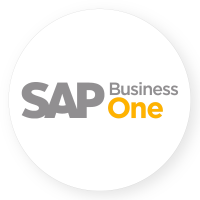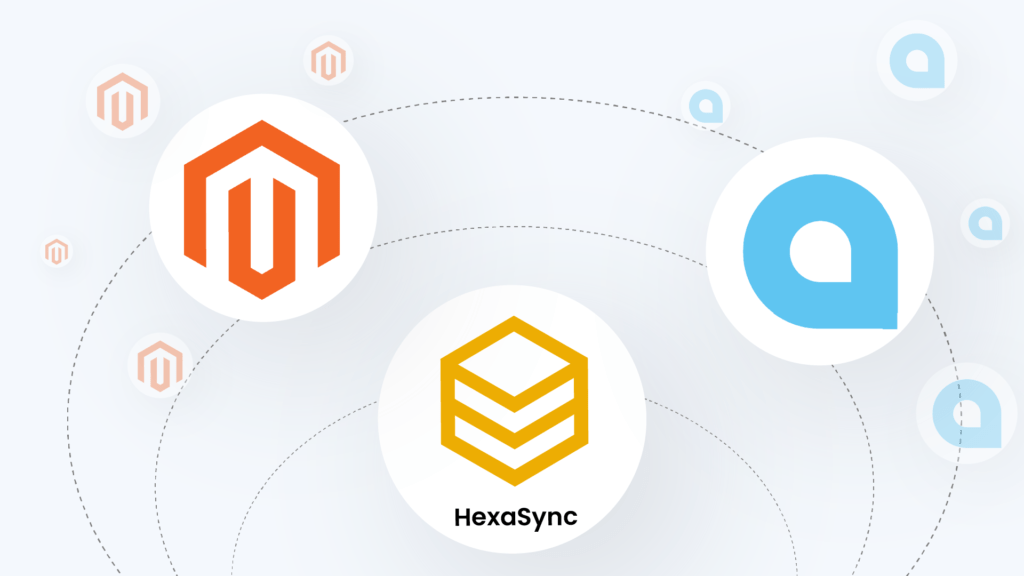The digital transformation trend has outstripped expectations for a long time, opening business opportunities for many small and large entrepreneurs. In particular, when the COVID-19 pandemic spread around the world, all traditional business activities were locked down. Therefore, an online business, specifically one selling on the eCommerce platform, is an effective solution to this situation. In this article, we will show you everything you need to know about the eCommerce platform and how to choose the right one for your business.
Table of Contents
What is an eCommerce platform?
First of all, let’s come to the eCommerce definition (electric commerce). It offers the ability to buy and sell goods and services, as well as the transmission of payments or data over the internet. All activities are commonly conducted on internet-connected smart devices, such as computers, tablets, smartphones, and others.
E-commerce platforms are software websites where both sellers and customers can participate in transactions and purchases. Customers will use the website store front-end component to find any product or service that meets their needs. The merchants will manage the back-end functions such as accounting, order management, and inventory management to control business processes.
It’s as simple as that, but you should clarify those definitions: SaaS (Software as a Service), and open-source software.
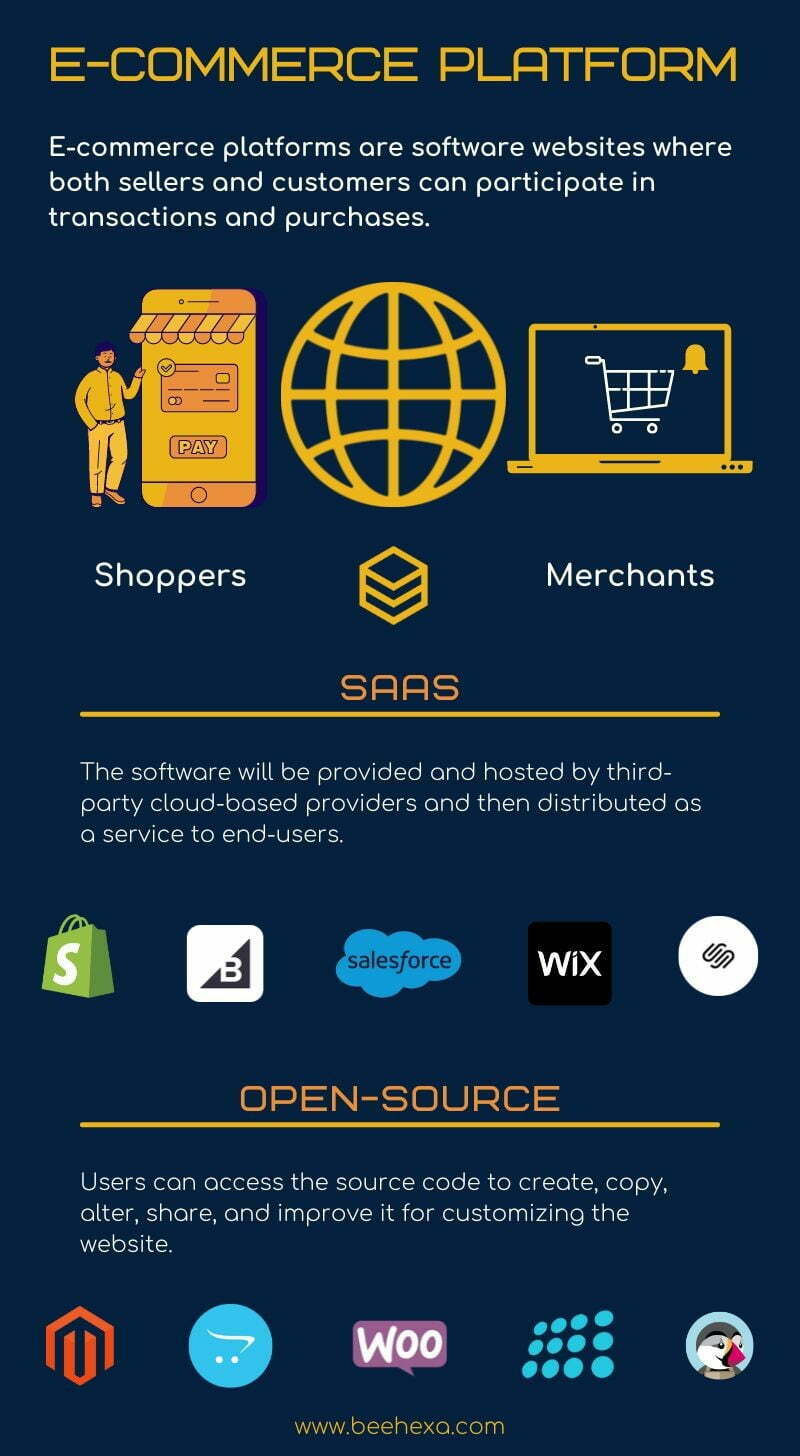
Why should sellers use an eCommerce platform?
As we mentioned above, the eCommerce platform has been increasing in popularity due to the millions of people searching the internet every day. Indeed, this is the most convenient way for customers to look for any product at any time of day. Therefore, most entrepreneurs transfer to online businesses to increase sales as well as profit margins. Moreover, merchants will have the opportunity to approach and apply O2O Commerce in the future to develop their business.
Besides, they can get more benefits, such as
- Lower set-up and running costs
- Remote operation
- Unlimited resources
- High scalability
- Quick sales
- Available 24 hours a day, seven days a week.
Even more, eCommerce will be expanding more and more in the future, creating a competitive and growing market in most industries. For the above reasons, all business owners should participate in the eCommerce revolution as soon as possible.
Factors to consider when choosing an eCommerce platform
In the previous section, we discussed the basic definitions of an eCommerce platform as well as its benefits. Online selling is indeed an essential part of the business. Next, we will share tips on choosing the right eCommerce platform for beginners that we have accumulated from experienced entrepreneurs.
Determine your eCommerce needs
Front-end needs
The part of the website that displays the products and services to people is referred to as the “digital storefront.” Online shoppers can see and interact directly with all website characteristics such as fonts, color, image sliders, drop-down menus, shopping carts, search bars, and product detail pages. In short, the front end is whatever shoppers can see and experience in the online store.
So, what exactly are the things you want to put on the air?
Let’s make a list and put on paper all the information such as how navigation links work, product catalogs, page layouts, and others. When you’ve completed that, you’ll be able to answer the questions above.
Back-end needs
It is the section of the website that merchants can’t access to modify the code, but they can arrange the data, manage the customization, or enhance the store functionalities. In other words, the back end is the data access layer of the software that allows users to make sure all the information on the storefront works appropriately.
Based on your expertise, consider what you can do to ensure the functions of the eCommerce site work smoothly. You can either build it yourself or use an available platform to set up all the processes or tools that support delivering the products to your customers.
E-Commerce Features
In addition, features are essential components of an e-commerce website so that merchants can manage business operations efficiently. Without it, the customers wouldn’t shop in the storefront, and you couldn’t manipulate anything in the backend. In short, your store wouldn’t work!
You can add more, but your store should have the following basic features:
- Content management
- Seo and marketing
- Apps and themes
- Extensions or add-ons
- Customer management
- Multiple payments options
- Mobile-friendly website
- Staff management
- Product management
Custom Web design
Here, we want to talk about the ability to create a website using technology skills or using the available platform. If you’re interested in code writing and want to customize your store to meet your demands, open-source eCommerce platforms are a good choice. Because you can access the source code to modify, add, or remove any features on the website. On the other hand, the hosted platforms will allow merchants to create an online store without installing the software on the server. You should consider adding more apps or add-ons to increase the customer experience as well as sales.
Set your budget
Next, you should consider the budget you can invest in and grow your eCommerce platform. Of course, nothing is free. If you want to earn a significant amount of profit, you must make an effort and optimize the available resources. You have to pay any expenses, such as setup costs, maintenance fees, development costs, risk costs, etc.
Integration Capability
Besides the basic functionalities that we mentioned above, your store needs to integrate with other systems to maximize the efficiency of the business. It’s not only about connecting computer systems or applications but also interacting with all the systems in the digital ecosystems such as CRM, ERP, POS, eCommerce, Accounting, and others.
In reality, most platforms have integration capabilities, so your challenge is to find the most suitable systems for the website. Then, contract with the integration providers to support you, or you can do it by yourself if you are good at writing programs.
Top eCommerce Platform in 2022
After completing the above preparation steps, you will know whether to choose the cloud-based SaaS eCommerce platform or the open-source platform. In this section, we’d like to recommend the top eCommerce platform on the market by 2022.
Shopify
Shopify is one of the leading platforms that offer merchants an all-in-one solution for creating and hosting an online shopping store without technical knowledge. According to Builtwith, Shopify has captured 20% of the market share with more than 5.5 million users. This platform also helps organize the store layout through available themes, allowing you to name the store, add products, and collect payments within minutes.
Expenses
Beginners are recommended to start with one of three main Shopify plans with various features based on their needs. Moreover, merchants will experience a 14-day free trial before deciding whether or not to pay.
| Basic | $29 per month |
| Shopify | $79 per month |
| Advanced | $299 per month |
| Shopify Apps | up to $200 per year |
| Shopify Themes | up to $200 per year |
The Shopify Plus plan is designed for enterprises with complicated demands and high-volume businesses. They will negotiate with Shopify for this option, but it usually costs around $2000 per month. In addition, they will have to purchase a lot of applications or add-ons to optimize your business.
Features
In 2022, Shopify has updated numerous fascinating features to support customer care or take your brand to the next level. Moreover, this platform is one of the best options for dropshipping models, where you can sell anything without carrying any inventory. In essence, the Shopify store has adequate essential features, such as
- Product management
- Order management
- Staff management
- Online store
- Marketing & SEO
- Report management
- Inventory management
- Store for Shopify Themes
- App Store for Shopify
Shopify also has a strong integration capability, allowing it to sync with other eCommerce platforms as well as various systems and tools. There are many additional valuable Shopify insights that we could not list on this page. Please visit Shopify Reviews as well as related articles on our blog page to know the details.
BigCommerce
Similar to Shopify, BigCommerce is also a SaaS eCommerce platform that enables merchants to start, develop, and grow their websites via a browser without external hosting. According to Datanyze, the BigCommerce market share is 0.71%, with more than 53,000 live websites. Selling on BigCommerce is straightforward, so you can manage the store, take care of all the processes, and so on.
Expenses
BigCommerce offers four plans for all small and medium-sized businesses, such as
- Standard: $29.95 per month
- Plus: $79.95 per month
- Pro: $299.95 per month
- Enterprise: Custom price
| Standard | $29.95 per month |
| Plus | $79.95 per month |
| Pro | $299.5 per month |
| Enterprise | custom price |
| BigCommerce Apps | up to $200 per year |
| BigCommerce Themes | up to $100 per year |
Features
Beginners will be able to build an eCommerce platform with confidence thanks to its available features. Besides, they can expand the business scale with high-level plans.
- Easily customize front
- Abandoned Cart Recovery
- Faceted Search
- Built-in Discounting
- Payment integration
- Marketing & SEO
- Product Management
- Payment Processing
- POS Integration
- Customer Service
- Support
- Apps and Extensions
- Omnichannel
Visit our Blog to know more about BigCommerce and related articles.
Wix eCommerce
Wix eCommerce is a website builder that provides an essential tool to create a website without writing a single code line. In other words, the Wix platform offers a drag-and-drop tool to help users build an online store and customize its functionalities. According to Datanyze, more than 1.3 million companies use this software to start selling products on the eCommerce platform. There are 2 ways to build an entire website with Wix, such as Wix Editor and Wix ADI.
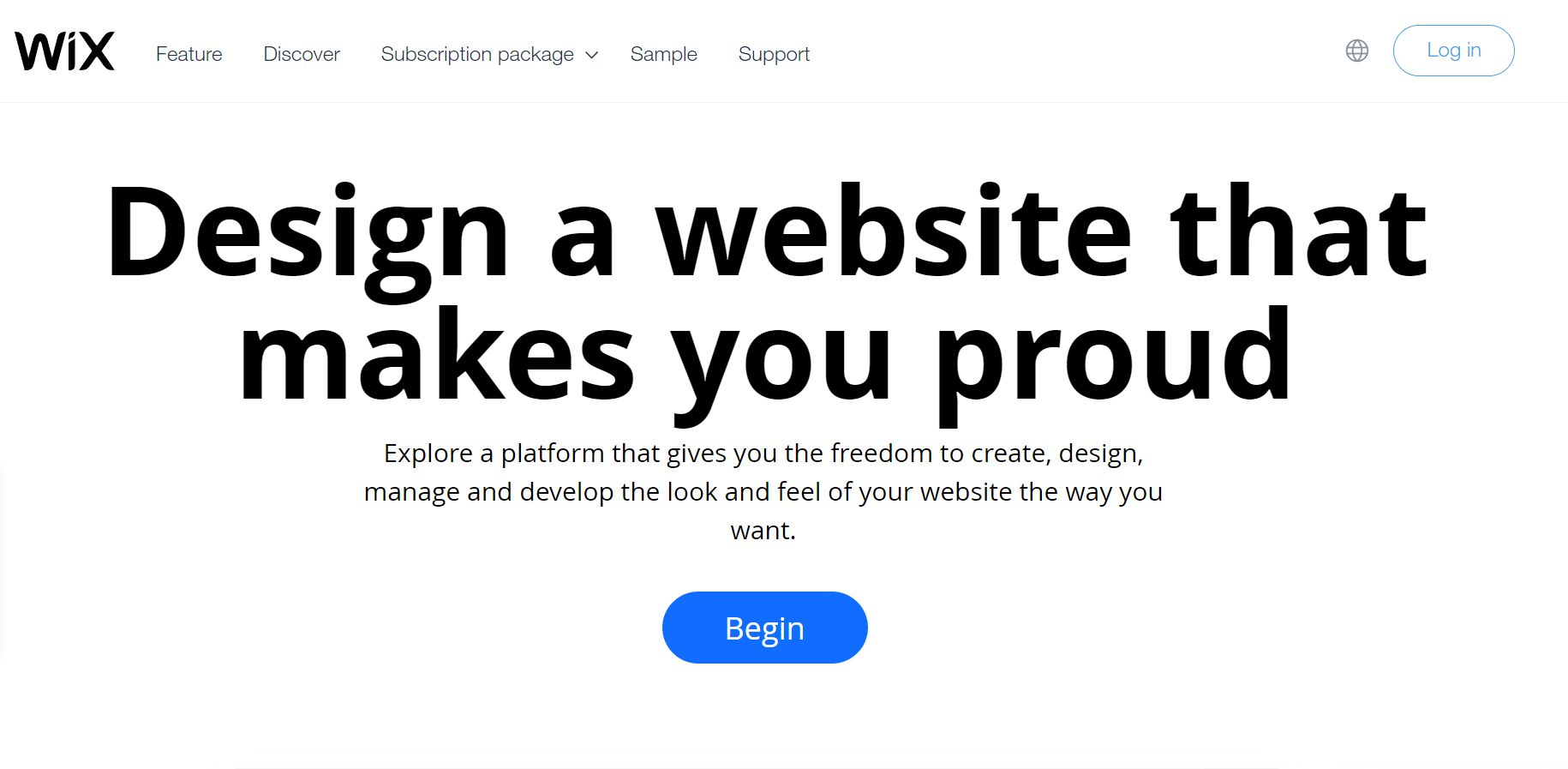
Expenses
Wix offers distinct packages for individuals and businesses, each with its own set of features.
Website Plans
| Combo | $13 per month |
| Unlimited | $17 per month |
| Pro | $22 per month |
| VIP | $39 per month |
| Apps & Themes | up to $400 per year |
Business & eCommerce Plans
| Basic | $23 per month |
| Unlimited | $27 per month |
| VIP | $49 per month |
| Enterprise | $500 per month |
| Apps & Themes | up to $400 per year |
Features
Wix Editor
- Stunning Templates
- Total Design Freedom
- Advanced SEO Tools
- Mobile-Optimized
- App Market
- Advanced Design Features
- Unlimited Fonts
- Scroll Effects
- Media Galleries
Wix ADI
- Tailor-Made Content
- Original Design
- Mobile Friendly
- Smart Tips
- Customize Colors & Fonts
- Built-in SEO Tools
Professional Features
- Custom Domain name
- Professional Mailbox
- Free Hosting
- Analytics
- Contact Management
- Member Login
- Wix Chat
- Social Tools
- SSL Certificates
Besides the basic features we mentioned above, Wix has many more. Please visit this source for more details. Wix Features
The 3 above recommendations are good options for those who are not good at code writing to launch an online store. We’d like to introduce the top open-source eCommerce platform for developers in the following sections.
Magento eCommerce
Magento is one of the options for an open-source platform that uses the PHP language to allow users to modify the source code to build an eCommerce platform. With the customizable and flexible features, developers can make any code adjustments required after the installation process.
Users can download and install the software for free on the server to get started. After that, they have to estimate the expense of launching an online business accurately. All the information will show up in the table below.
Expenses
| License cost | Free |
| Hosting | $100-500 per year |
| Domain name | $10-400 per year |
| SSL certificate | $50-300 per year |
| Design | $0-5000 per year |
| Development | $1,800-10,000 per year |
| Extensions | $60-600 per year |
| Payment providers fees | 2.9% + $0.30 per transaction |
| SEO & Digital promotion | $10,000-40,000 per year |
Features
Most people prefer to use Magento 2 over Magento because it is a valuable update and merchants can get various benefits. Based on the capability of IT skills, they can set up and design a website with distinctive features, such as
- Marketing and Conversion Tools
- SEO Features
- Site Management
- Catalogue Management
- Check-out, Payment, and Shipping Features
- Order Management
- Customer Accounts and Customer Service Features
- International Support Features
- Analytics and Reporting
- Mobile Commerce Features
On the other hand, Magento Commerce is a different option designed for a cloud-based solution, Magento Commerce. This option is similar to Shopify and BigCommerce in that merchants can host their website via browser. However, if you want to choose a SaaS platform, Shopify and BigCommerce are better.
Visit our Blog to know more about Magento and related articles.
WooCommerce
According to Builtwith, the leading eCommerce platform globally, WooCommerce, has a 28% market share and more than 6 million users. Besides, WooCommerce is a WordPress plugin that allows beginners to create a powerful online store from their WordPress website. In other words, even though WooCommerce is an open-source platform, non-programmers can still set up a new website thanks to its being a WordPress Plugin. This is why WooCommerce has been the king of the eCommerce platform market.
Expenses
As open-source software, users can freely download, alter, or extend it as needed to set up and manage an online shopping website. Business owners need to pay maintenance and development costs, such as domains, hosting, security, extensions, and more.
| Domain | $10-20 per year |
| Hosting | $35-50 per year |
| Security | $0-300 per year |
| Extension | $0-200 per year |
| Shipment Tracking | $49 |
| Plugins | $0-150 per year |
| Developer fees | $0-6,000 |
| Themes cost | $0-100 per year |
| Payments | 2.9% + $0.30 per transaction |
| Shipping cost | $0-108 per year |
| SSL certificate | Up to %65 per year |
| SEO | $0-$79 per year |
Features
WooCommerce users can customize and enhance any functionalities that meet their needs.
- Theme
- Extensions
- Payments
- SEO & Marketing
- Reporting and Analytics
- Multichannel & Omnichannel
- Shipping & Fulfillment
- Dropshipping
- Integration
- Support & Community
Visit our Blog to know more about WooCommerce and related articles.
Final Words
Finally, it is not too difficult to move from a traditional business to selling online products on eCommerce platforms. All beginners can create a separate website based on their demands as well as their abilities. In other words, non-coders can get assistance from developers to build and customize their eCommerce platforms. Now, you might have your plan. Let’s make it true, and don’t hesitate to contact us if you have any questions.




